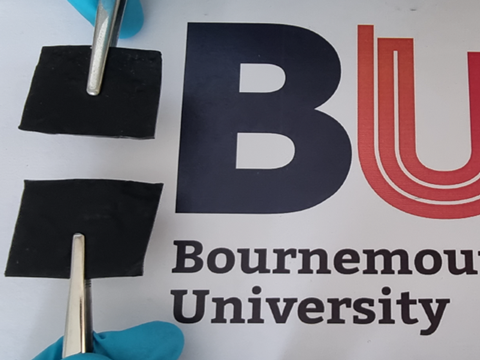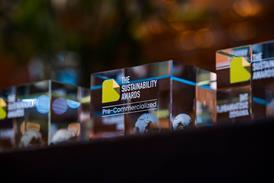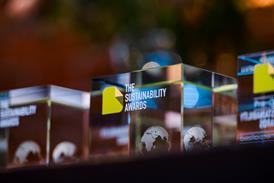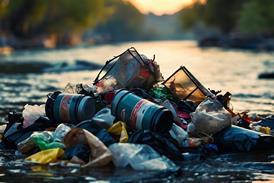
Researchers at Bournemouth University claim to have developed a ‘self-repairing’ plastic that maintains most of its original strength after being damaged, which is hoped to help cut down on plastic waste.
Nanosheets of the 2D material MXene – which is already used as a reinforcement agent to strengthen plastics – are combined with chemicals to create a healing agent with ‘glue-like’ properties. This reportedly sits dormant until the plastic breaks, at which point the atmosphere’s humidity activates it and the broken sections are sealed back together.
Dr. Amor Abdelkader, associate professor in Advanced Materials at Bournemouth University and leader of the study, explains: “We are following the same process as Mother Nature – when you cut your finger, the blood will initially solidify to cover the crack until the skin tissue seals it, and that is what we are doing with our plastics.
“Most of the things in our everyday lives have plastic in them and this has potential to extend the life of a whole range of products and reduce waste, from re-useable drink bottles to mobile phones to plastic pipes and so much more.”
“Using MXene with our healing agent means that we get the benefits of stronger plastic, which is harder to break, but if it does break, it will fix itself,” continues chief scientist Dr. Chirag Ratwani. “The process takes just a few minutes, and we managed to restore the plastic to ninety-six percent of its original strength.”
Regarding the possibility of developing self-repairing devices in future, Dr. Abdelkader adds: “We have tested that and designed new sensors for detecting human motion that self-repair after being subjected to damage. Such a concept paves the way for new-generation electronics that require no or minimal maintenance and therefore last longer.”
The study “Tuning Surface Terminations and Hydration Interactions in MXene Nanosheet-Based Hydrogel Composites for Self-Healable Strain Sensors” has been published in the journal Applied Nano Materials.
Back in 2023, scientists at the University of Konstanz introduced biobased building blocks to a ‘self-healing’ mineral plastic that could be formed and reformed in water. This move was set to improve on the original plastic, first developed by chemist Helmut Cölfen in 2016, by ensuring its degradability in the natural environment.
More recently, professors from the Université de Mons and the Kasetsart University of Bangkok co-authored an article published by Carbios and the Toulouse Biotechnology Institute about their enzyme-embedded PLA. The development is anticipated to produce plastic packaging that can be composted at home in ambient temperatures.
If you liked this story, you might also enjoy:
The ultimate guide to the Packaging and Packaging Waste Regulation in 2024
How are the top brands progressing on packaging sustainability?
Sustainable Innovation Report 2024: Current trends and future priorities
Everything you need to know about global plastic sustainability regulation






















No comments yet